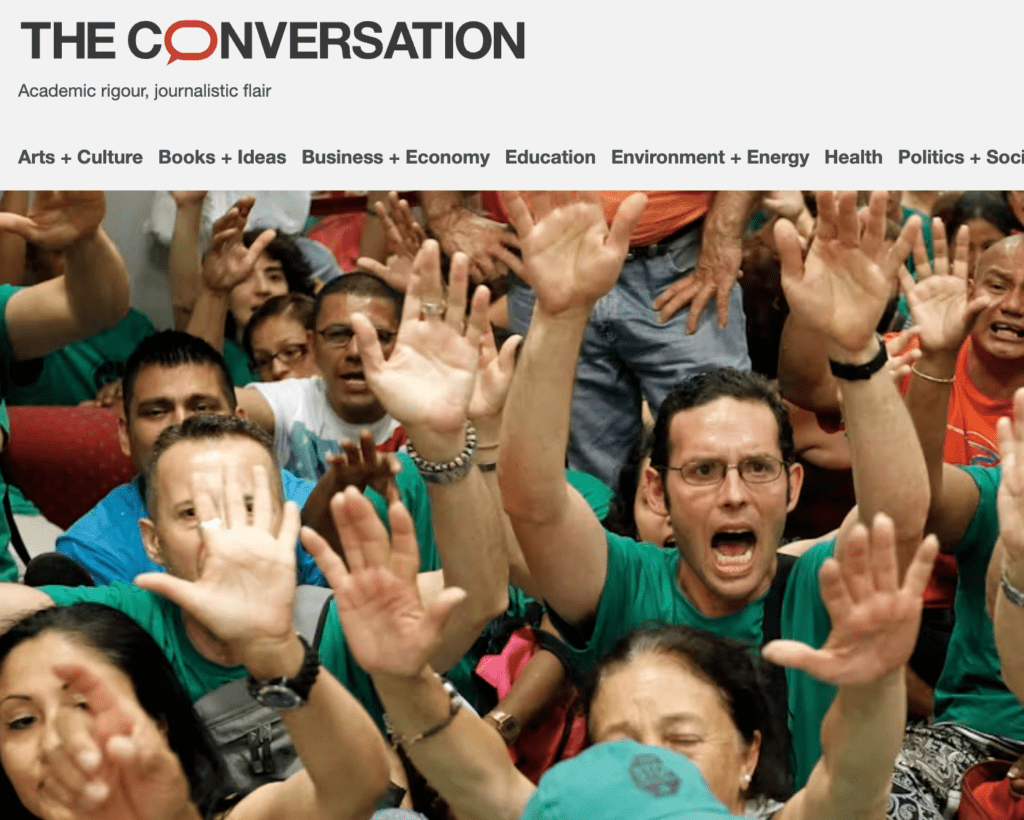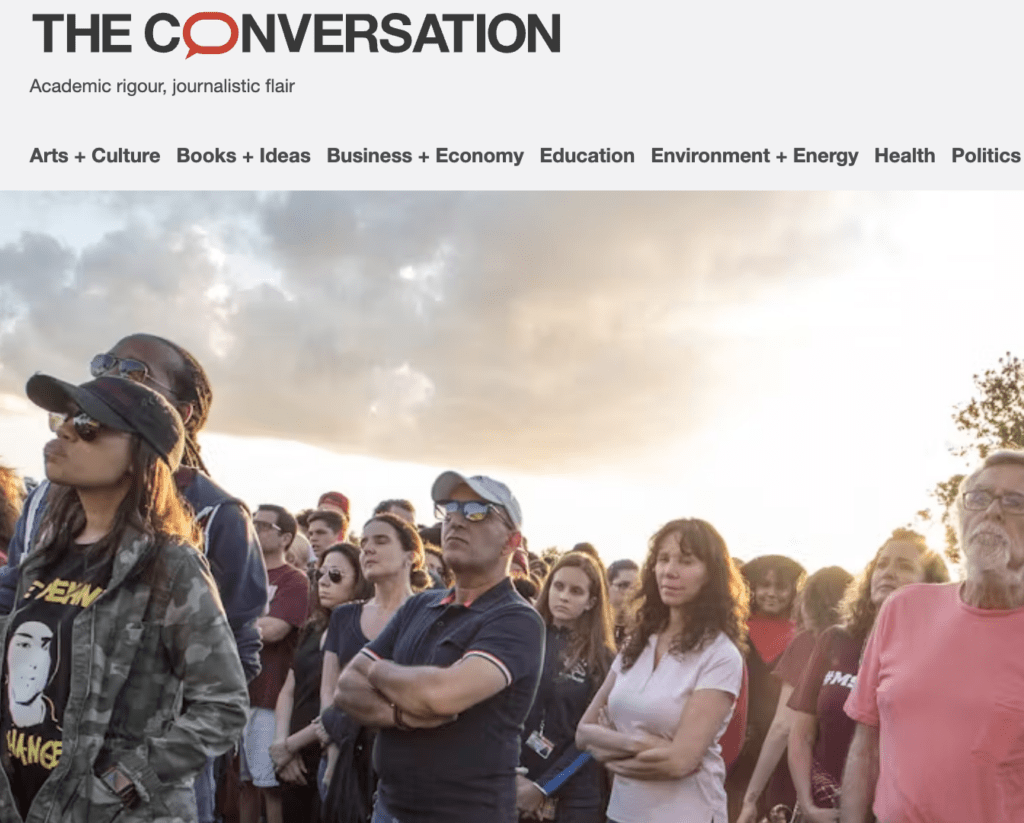Blogs & Speeches
After the march, what now?: International lessons for the UK anti-cuts campaign – insights from power in coalition
What happens after the rally? This piece explores strategies for building power after mobilisation.
It is time for coalitions and collaboration in the UK. These must be strong in order to build an alternative, people-centred vision for how the country should be governed. Here, the author of ‘Power in Coalition’ identifies four lessons from outside the UK on building successful coalitions.Being who we are in public (with our mental illness) is the only way to create lasting change.
Link is here

Politics in the UK is at a crossroads. The government has presented its vision of a radical overhaul to public spending. A community-based movement involving unions and community organisations is building opposition to this agenda – we saw something of its strength in the estimated 500,000 who took part in last Saturday’s TUC-organised March for the Alternative.
The challenge is how a coalition like this can go from holding a one-off mobilisation into a sustained movement that builds an alternative vision for how the UK should be governed.
In my book Power in Coalition, I have identified a series of strategies for building strong coalitions between community organisations. These ideas are based on the experiences of three long-term coalitions in Canada, the US and Australia. Here, four useful lessons are identified for those keen to develop and achieve a people-centred vision for the UK.
1. Less is more
Against much conventional wisdom, smaller coalitions tend to be more powerful in the long term than larger ones. A smaller number of organisations who share a greater commonality of values or interest in an issue, and have a higher degree of commitment to engage their membership and resources, are better placed to work together for the long term than a very broad, diverse network that only has a lowest common denominator of shared interests and commitment.
The campaign against the cuts, up until now, has followed the “bigger is better” model of coalition-building. This broad-based strategy was designed to coordinate a diversity of voices. It makes sense that its first public demonstration is about expressing that diverse unity of purpose.
But, if it is to successfully develop new policy agendas, the campaign must identify new ways of bringing organisations together. Highly diverse coalitions find it very easy to identify what they are against, but frequently struggle to say precisely what they are for – let alone develop winnable, actionable issues on which they can seek to make change.
The “movement for alternatives” could begin to canvas concrete policy alternatives by coordinating smaller action coalitions working on specific issues. Building on the relationships already formed, a clearing house could be set up for pairing mutually interested groups on new policies (think unions and climate change groups working on a green jobs strategy).
The grassroots collaborative in Chicago, who waged a fight for a big-box living wage, gives us a guide for how to make this work. It brought together a relatively small network of organisations – just 10 – but each had power, in that they had an ability to turn out their membership base. They also had a commitment to building solid relationships, and actually spent considerable time at breakfast meetings getting to know each other relationally before developing a common agenda.
When it came to working on issues, the foundation of strong relationships and trust allowed this Chicago coalition to let a power analysis and scrutiny of strategic opportunities drive its priorities. Over time, the coalition moved from issues like an amnesty for undocumented workers to state budget issues to living wages – not just because these issues were always rigidly the number one for each organisation, but because they were the most strategically likely to be won at the time. There was a give and take – and a recognition that winning on one strategic issue, even if it wasn’t your issue, might make it easier for other organisations to win on their issues in the future.
2. Focus on building relationships as well as holding events
The campaign against the cuts could play a key role in cultivating stronger relationships across its diverse network at the same time as it works on issues.
Activists are always “crazy busy” with the latest campaign or issue. But there is a difference between working hard and smart. We sometimes need to sharpen our sword – and build more resources and power in our networks – as well as working with what we have.
Face-to-face relationships are vital. Lasting social change will require strong bonds of trust between people and community-based organisations. Only then can collective action be sustained and long-term strategies conceived.
Community-based organisations spend a lot of time asking people to do things, or planning how to do stuff together, rather than really knowing why we are all doing this in the first place. But knowing why we do what we do, and lifting that up to be central in how we work together, can help stimulate our long-term dedication.
Bridge-builder staff and activists help build stronger relationships. The staff employed by coalitions like the Chicago Grassroots Collaborative and the Ontario Health Coalition (which I discuss later) actively built this relational culture. They helped organisations that had very distinctive ways of working to build an understanding across their differences. They negotiated to work through tensions.
Continue to the rest of the piece here.

More work

In the ‘fearless city’ Barcelona residents take charge
Barcelona en Comu is a new urban political force produced out of years of citizen discontent and uprising….

What Parkland’s experience tells us about the limits of a ‘security’ response to Christchurch
I interviewed leaders from the March for our Lives movement days before the Christchurch massacre. Here are some…

With no end in sight and the world losing interest, the Hong Kong protesters need a new script
A look at the Hong Kong protests in 2019 – and the challenges they faced in sustaining a…